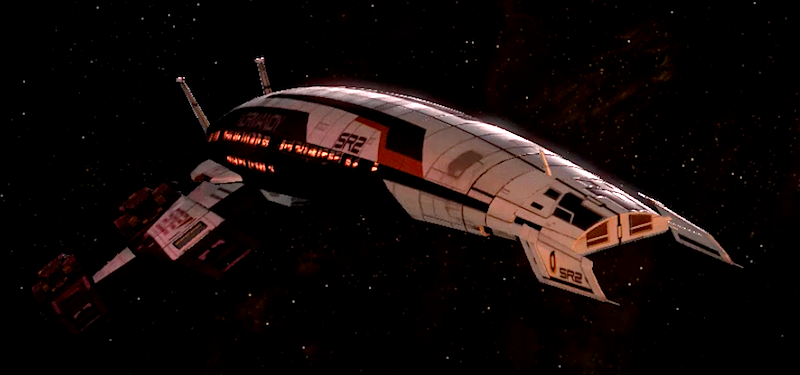
In more advanced states, the filters monitor a vast array of data produced in the modern Coriolis sensors and then use adaptive algorithms to learn and contour the output as required. Typically, filters are used to slow or average the output signals to stabilize them. The solution is a vast array of filters that can modify the digital signal or the analog outputs to present the desired nature of I/O. The challenge for the Coriolis sensor is to maintain a high degree of sensitivity while at the same time metering in a sampling of protection from noise. Since the Coriolis sensor is carefully monitoring and measuring microvariations in the flow tubes’ motion, the smallest of external vibrations can be picked up and sampled, thus introducing an offset or error in the calculation.

Whether that noise is from a pump, a variable drive, or just footsteps on a catwalk, it can easily upset the precise measurement of a Coriolis sensor. Price the sensors based only on the basic Coriolis performance, and you get a good mass meter that does what a more basic sensor does for a small increase in price, but with huge gains in ease-of-use and performance.Īnother challenge faced by Coriolis flow meters is one of process noise. The availability of valuepriced Coriolis meters is a response to market demand for a price-sensitive Coriolis sensor. These lower-priced Coriolis meters offer less accuracy and fewer features and lack the robust displays of their higherpriced counterparts. Recently, however, more price-competitive Coriolis meters have come to market, with some even seeing prices nearing the territories of the more traditional sensors they are replacing. A comparably sized Coriolis meter can run upwards of $9,000 or more.įor those who have evaluated Coriolis meters in the past, this may be the not-so-secret dirty little secret. A one-inch line magnetic flow meter and transmitter, for example, can be had for $3,000 or less. The first barrier to Coriolis world domination can be summed up in a single word: price.

So, the question arises, why would anyone use anything other than a Coriolis meter for flow measurement? Coriolis simply does not care what the flow profile is, as a bucket of water and sand weighs the same whether the water is calm or swirling around with the sand all mixed up in it.Īs if the aforementioned advantages were not compelling enough, Coriolis meters measure flow with accuracies of 0.1 percent of rate or better with repeatability, and they can also measure density, temperature, volumetric flow, and viscosity, if so equipped. Since Coriolis meters are unaffected by varying flow profiles, users need not worry about straightrun piping before or after the measuring points.

On the calibration front, mass flow and total mass units are not affected with variations in temperature and pressure, and Coriolis meters require no conversion factors. A pound of cold fluid weighs the same as a pound of hot fluid, and concerns about how much room a substance takes up in the pipeline or the speed at which it is flowing are largely nonfactors with Coriolis measurement. With Coriolis, pressure and temperature compensations aren’t considerations.

And while Coriolis is clearly a highly advantageous solution for many crucial flow measurement applications, it is not without flaw.īefore we get into the dirty little secrets, let’s discuss why Coriolis is such a highly regarded measurement technology.Ĭoriolis meters measure the actual mass flow moving through a pipe (pounds and kilograms) and thus are resistant to the external influences that can cause dramatic offsets in velocity-based flow measurement systems. Ever since Coriolis flow measurement technology achieved mainstream appeal, industry has been fervently striving to take advantage of its benefits.


 0 kommentar(er)
0 kommentar(er)
